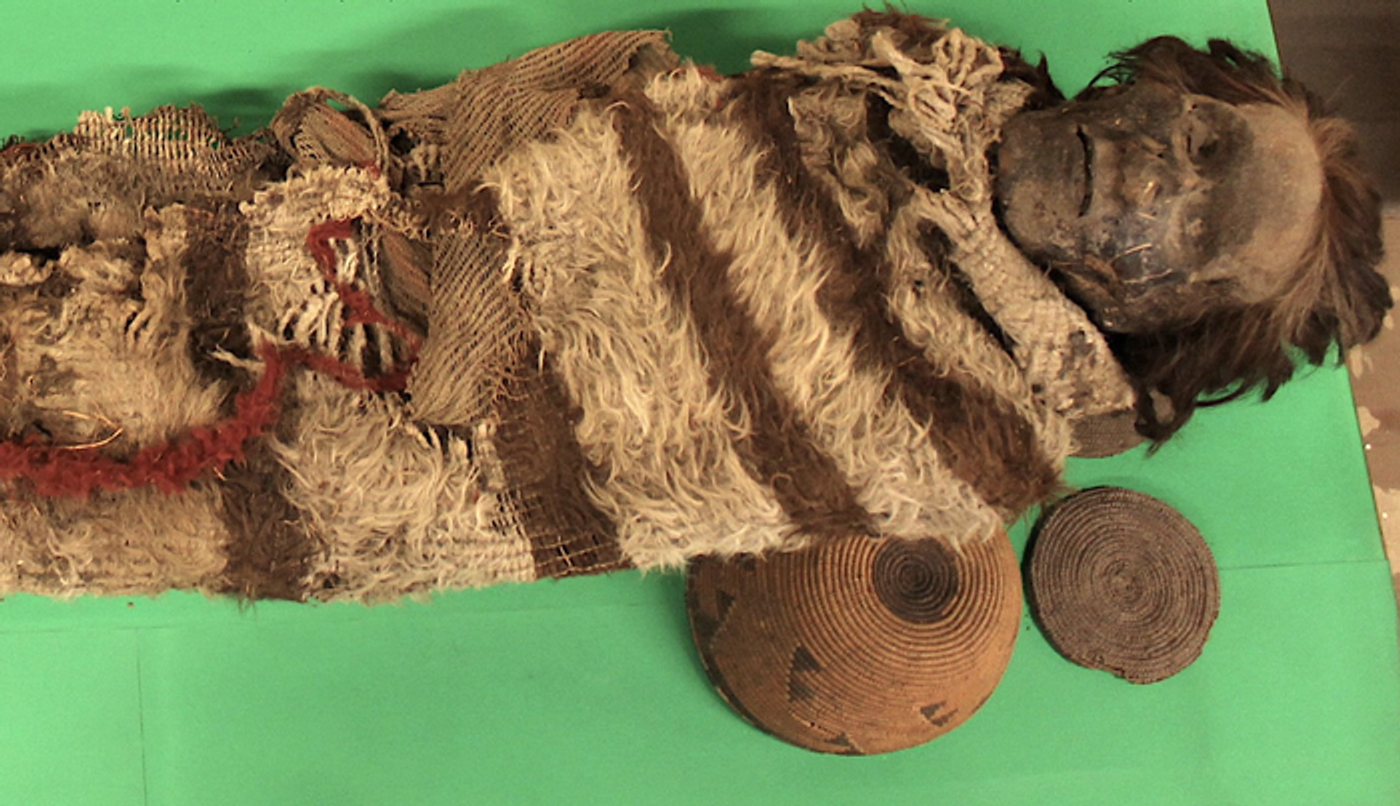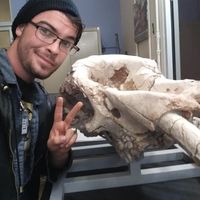New Method of Extracting DNA from Ancient Mummy Head Lice
The new research focused on understanding the migration patterns of indigenous settlement in the Americas utilized a novel method for extracting better preserved human cells, and thus more intact human DNA, from mummified human remains. This was done by examining and collecting samples from two-thousand-year-old head lice cement from the heads of Argentinian mummies. This cement is how lice and nits attach their eggs to human hair. Researchers discovered that the cement acts as a preservative for the human cells trapped inside, slowing the degree of decay that the DNA in the cells faces, and thus opening many opportunities for archaeologists. Essentially this discovery is akin to discovering amber-preserved insects from the age of the dinosaurs. It is just a bit ickier than insect gemstones.
This study has illuminated our understanding of early population movements and migrations in Pre-Columbian South America. Prior to the implementation of this new method of study, DNA was extracted for isotopic and genetic studies by grinding down bone or enamel to excavate the data hidden within the collagen. While you can infer some genetic data from this method it's most useful for studying diet and locality. Carbon and Nitrogen isotopes hidden in our teeth and bones reveal our unique diets, and strontium isotopes reveal our unique water sources revealing locality data. Oxygen isotopes hold the key to understanding prehistoric climates. It isn’t the best method for extracting DNA because of the rapid degradation of the DNA after an organism dies, but this method still yields important genetic data.
In terms of efficacy, the team found that “the percentage of human DNA obtained from nit cement equals human DNA obtained from the tooth…two-fold compared to a petrous bone and four-fold to a bloodmeal of adult lice a millennium younger”. Additionally, the cement preserves not only ancient human DNA but also ancient environmental DNA (bacteria and viruses present on the skin or transferred to it from the lice).
Not only does the discovery of cells preserved by head lice aid us in reconstructing our very past, but it does so in a non-destructive manner. This method does not require the destruction of human remains (bone or teeth) to carry out, and therefore presents a huge opportunity for new genetic studies without harming a sample, or where an adequate sample of tooth or bone is not available. Granted, it would only work in cases of mummies with hair…and lice!
DNA begins to degrade almost immediately after a person dies. Therefore, paleontologists and geneticists have had trouble bringing back the mammoth even though they have discovered countless mummified bodies. A lack of intact cells makes piecing together fragmented genetic codes very difficult. Although considerably more recent than a mammoth, that is why this discovery is so important, any way of excavating preserved cellular and genetic material from remains in a non-destructive manner greatly increases our understanding of the ancient world.
The data recovered from the mummies told a very interesting story. Only time and continued research will tell.
Sources: EurekaAlert!, Molecular Biology and Evolution










